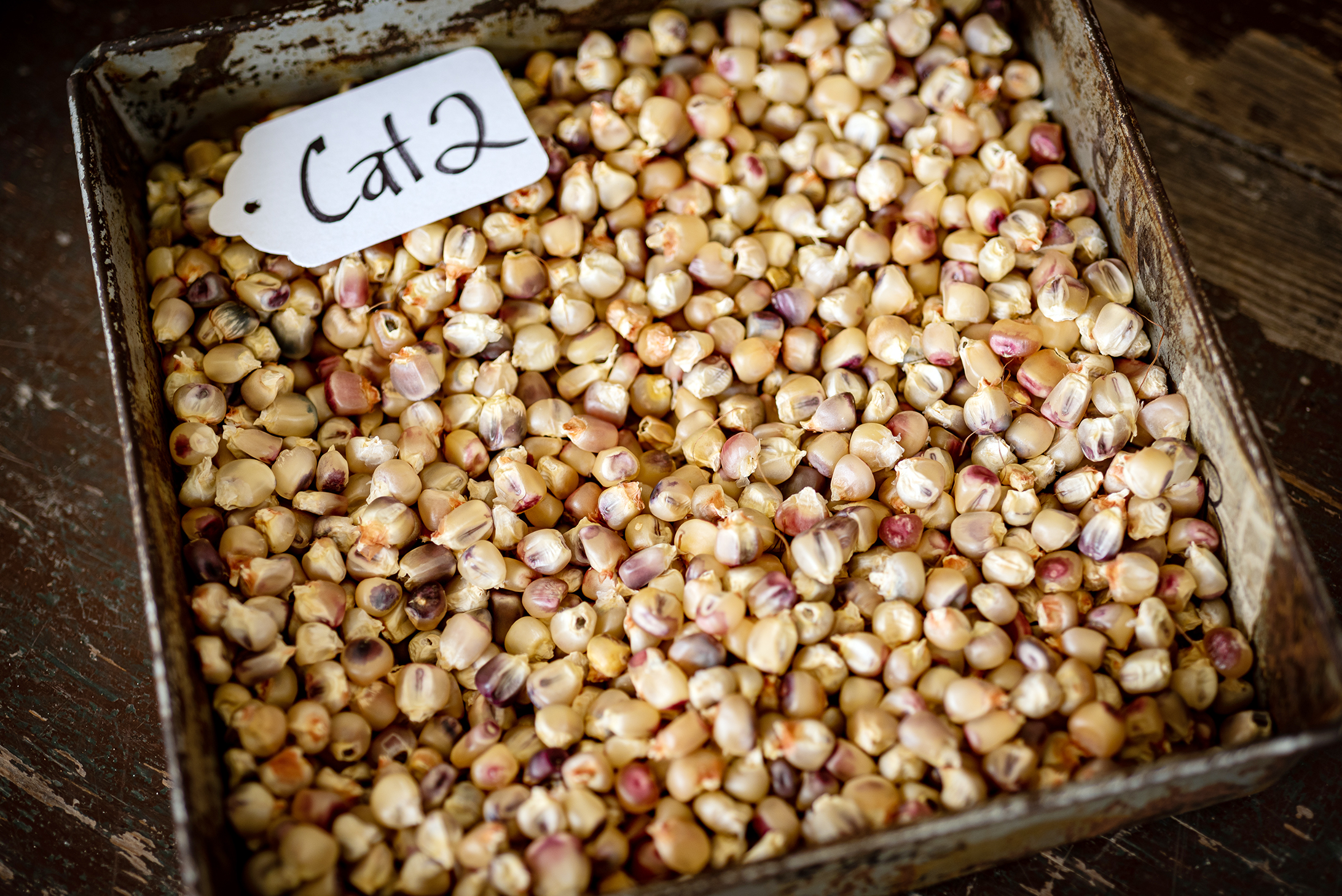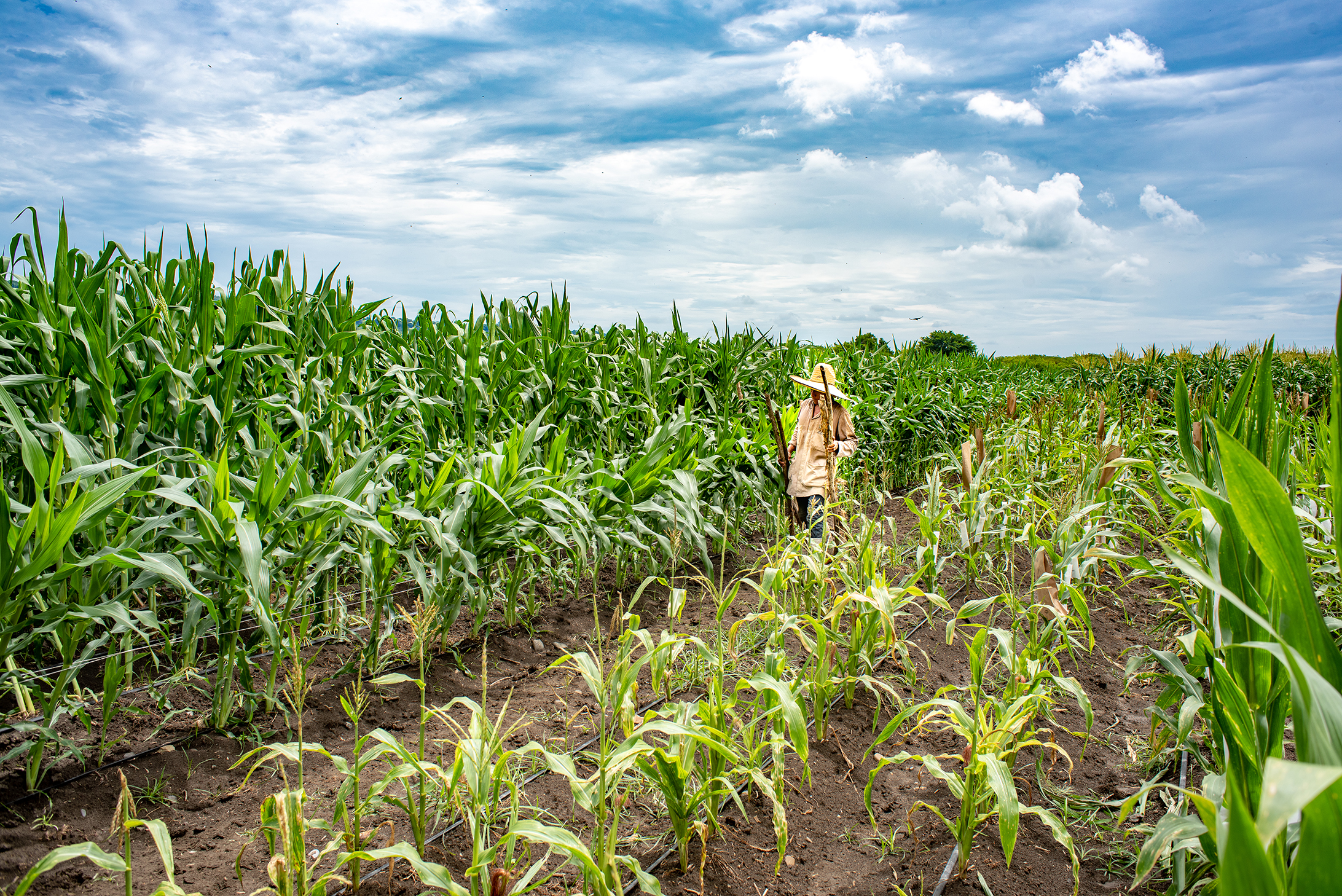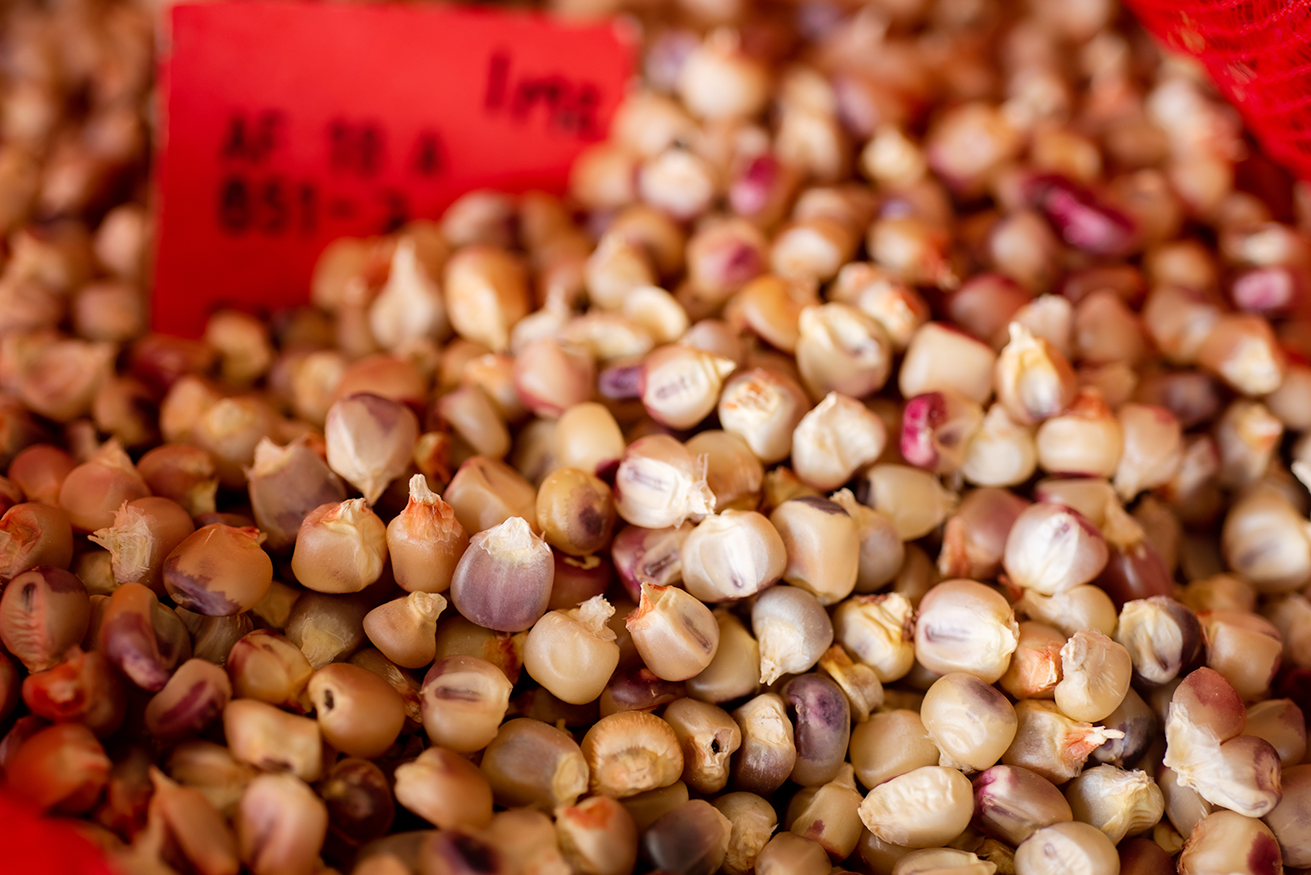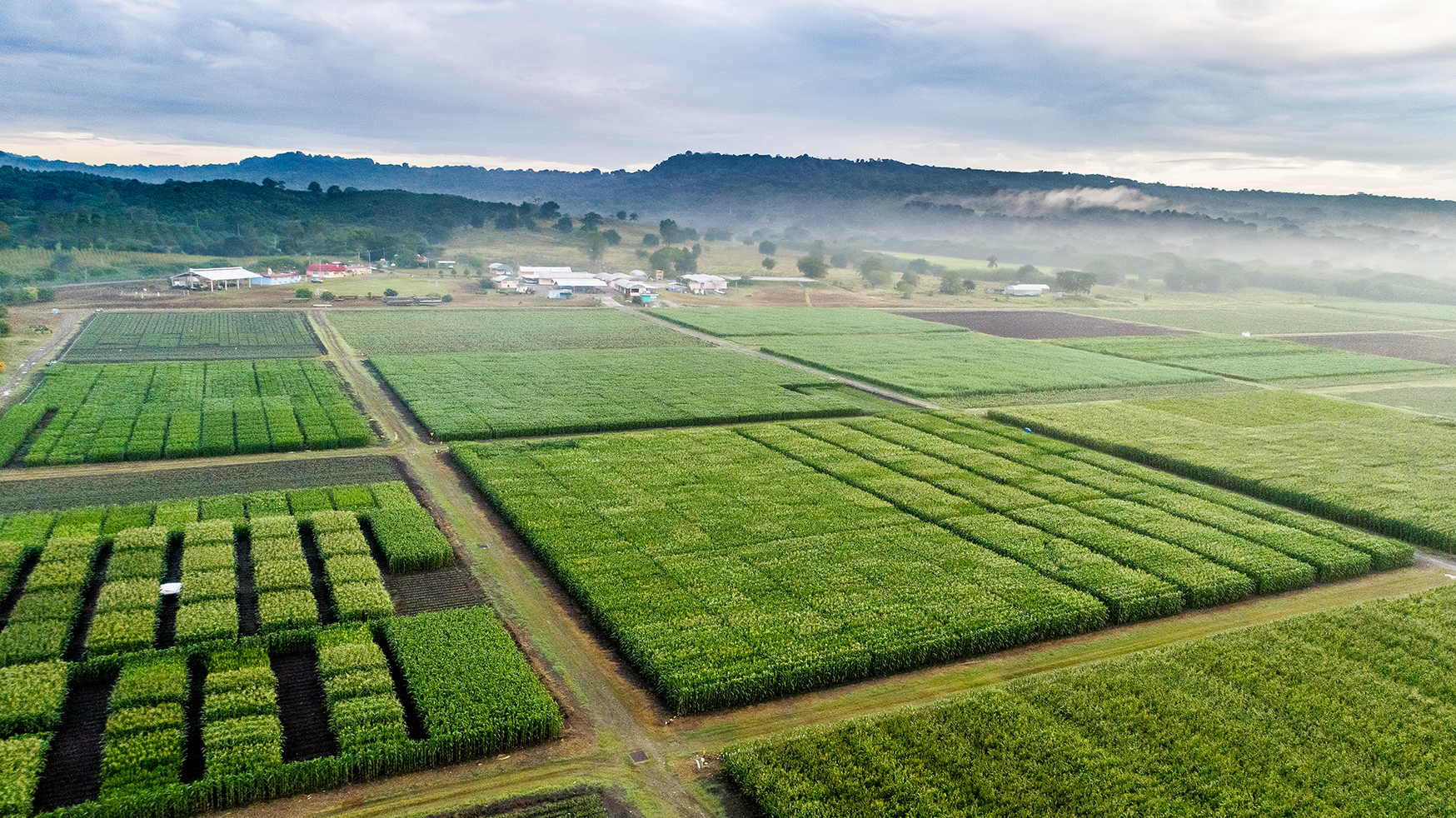Plant genetics and the future of food security in sub-Saharan Africa
Powerful genetic tools and technologies accelerate maize improvement

Over the past century, science-based plant breeding has played a key role in safeguarding global food security and continues to be a mainstay of CIMMYT’s work to improve livelihoods and foster more productive sustainable maize and wheat farming in low- and middle-income countries.
Each year crop breeders and scientists around the world monitor genetic trends — patterns in crop improvement in their breeding programs. By monitoring these trends, scientists can look back and measure the rate of genetic gain to see how effective their breeding programs are. The consensus among experts is that effective breeding programs can and should achieve at least 1% genetic gains in their breeding programs and ideally 1.5–2% per year.
In 2021, CIMMYT scientists estimated the genetic trends for CIMMYT’s eastern and southern Africa maize breeding programs, using data from the last ten years to provide a baseline for each breeding program.
The results showed that most of the breeding programs are meeting the targeted 1–1.5% genetic gain each year, demonstrating that CIMMYT’s maize breeding programs are effective.
With the help of international partners, CIMMYT scientists also worked to get improved maize seeds to market — to boost farmers’ resilience to climate change and to emerging pests and diseases. In 2021, CIMMYT scientists produced over 170,000 tons of certified stress-tolerant maize seeds, covering around 7 million hectares of land in sub-Saharan Africa. This reached an estimated 7.2 million households and benefited 44 million people in sub-Saharan Africa.
In collaboration with the Excellence in Breeding (EiB) platform, CIMMYT scientists worked to define, test in combination, and mainstream genetic tools, approaches and technologies to improve the effectiveness of their breeding programs. Focusing on shortening the breeding cycle time and improving selection of the best varieties from generation to generation, the team looked at combinations of doubled haploid technology, marker-assisted breeding, genomic selection and statistical indexing methods.
Doubled haploid technology shortens the time it takes to develop a potential new variety from four years to one. This not only saves time and money, but also allows breeders to redirect resources to evaluating more candidate varieties or “finalists.”
At CIMMYT’s doubled haploid facility in Kenya, partners in Ethiopia, Kenya, Mozambique, Uganda, Zambia, and Zimbabwe submitted 40 maize populations to the facility and an estimated 4,000 doubled haploid lines will be delivered to them in 2022.
Marker-assisted breeding is another tool in a CIMMYT breeder’s belt. Using DNA markers associated with desirable traits, breeders can select plants early in the breeding process saving time and money. CIMMYT scientists have been using this technology to select lines with resistance to maize lethal necrosis, a viral disease that appeared in eastern Africa in 2011 and quickly spread to attack maize crops across the region. Accelerating the development of maize that is resistant to this disease is an important step to protecting smallholder farmers from losing their harvests and safeguarding food security.

Accelerating maize improvement through statistics
CIMMYT scientists carried out computer simulations of the maize breeding program to understand how reducing the maize breeding cycle time might improve genetic gain. They found that identifying new breeding parents earlier in the breeding process could increase the genetic gain by 9% compared to identification at later stages of testing. Based on these results they were able to cut the breeding cycle length from five years to four years, meaning huge cost and time savings for maize improvement.
Genomic selection takes advantage of low-cost, genome-wide molecular markers to analyze large populations and allow scientists to predict the value of particular breeding lines and crosses to accelerate gains, especially for improving genetically complex traits. CIMMYT scientists and partners compared genomic selection and phenotypic selection of maize in sub-Saharan Africa and found that both methods performed equally well across optimum and drought conditions. Overall, genomic selection is conducted at two thirds of the cost of phenotypic selection, showing that it is an important strategy for making crop improvement more cost efficient.
Finding the best way to carry out selection simultaneously on multiple traits is a challenge for all plant breeders.
To further improve this process, EiB and CIMMYT scientists used “selection indices” to better select new parents in the maize programs. The team estimated the heritability and available genetic variation for each trait, together with the correlations between these traits. Putting these estimates into an interactive software package, breeders were able to visualize the trade-offs associated with different traits, balancing the relative amount of gain desired for each trait within the constraints of the breeding population. The output is an overall genetic merit score for each family from a breeding population, which is used to select the parents of the next cycle of breeding.
With challenges like climate change and pests and diseases continuing to threaten food security and livelihoods, getting high-performing, resilient crop varieties to farmers quickly and efficiently is paramount.
With more than 60% of the population in sub-Saharan Africa involved in agriculture, most of which are smallholder farmers, finding and testing the best combination of genetic tools and technologies to boost agricultural productivity and resilience is a key strategy to lift the region out of poverty and reduce hunger.


This work would not have been possible without the support of the Bill & Melinda Gates Foundation, the Foundation for Food and Agriculture Research (FFAR) and the United States Agency for International Development (USAID), who provided the needed funding for the Accelerating Genetic Gains (AGG) project.